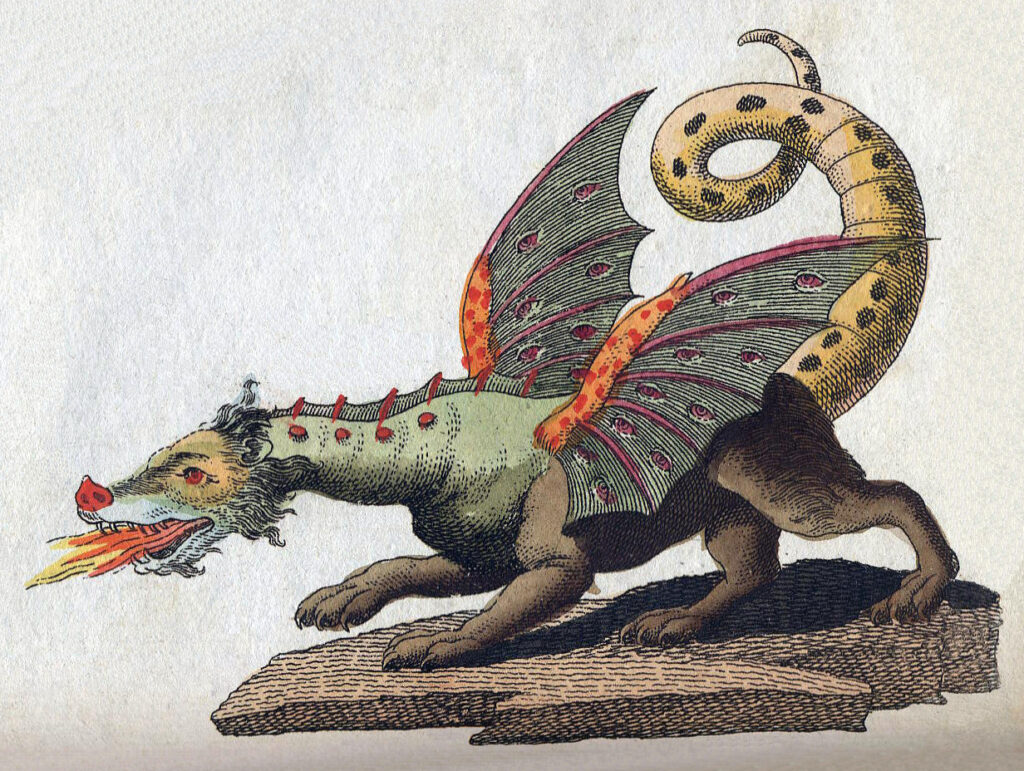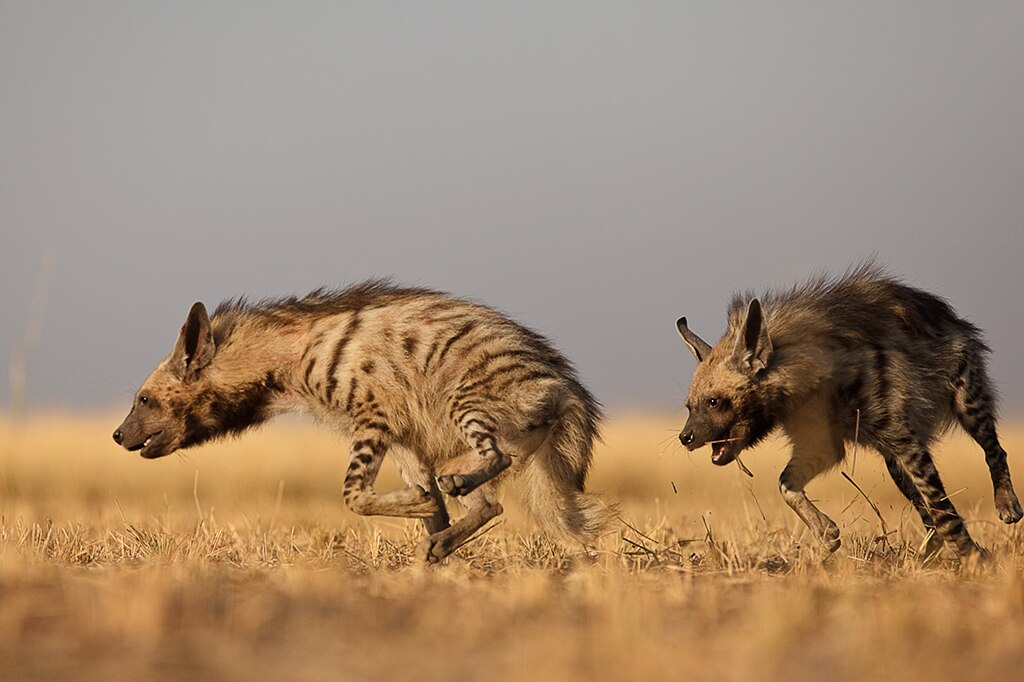Deep in the badlands of South Dakota, a peculiar dinosaur skull was unearthed in 2004, bearing an uncanny resemblance to mythical dragons with its crown of spikes and knobby protuberances. This remarkable find would eventually be named Dracorex hogwartsia, literally “dragon king of Hogwarts,” making it perhaps the only prehistoric creature with a name inspired by a modern fantasy series. Yet despite its fantastical appearance and name, this dinosaur has become the center of a scientific controversy that speaks to the heart of how paleontologists understand dinosaur development and classification. What began as a celebrated new species discovery has evolved into a fascinating case study of how our understanding of prehistoric life continues to change with new evidence and interpretations.
The Discovery That Captured Imaginations
In 2004, three amateur fossil hunters made an extraordinary discovery in the Hell Creek Formation of South Dakota. The nearly complete skull they uncovered featured dramatic spikes, bumps, and a flattened snout unlike anything scientists had categorized before. This remarkable specimen eventually made its way to the Children’s Museum of Indianapolis, where it caught the attention of paleontologists. The skull measured about two feet long and displayed a distinctive pattern of spikes and nodules extending backward from the face, creating a dramatic frill that resembled dragons from fantasy literature. What made the discovery particularly noteworthy was the excellent preservation of the skull, allowing scientists to observe fine details of this creature’s unusual cranial structure. After careful study, researchers determined it represented a previously unknown pachycephalosaur—a group of dinosaurs known for their thickened skull roofs.
A Name Straight Out of Fantasy

When it came time to officially name this new dinosaur in 2006, paleontologists Bob Bakker, Robert Sullivan, and others chose a designation that would forever link paleontology with popular culture. They dubbed it Dracorex hogwartsia, combining “draco” (Latin for “dragon”) and “rex” (“king”), followed by “hogwartsia” in honor of Hogwarts School of Witchcraft and Wizardry from J.K. Rowling’s Harry Potter series. The name acknowledged both the dragon-like appearance of the skull and was intended to inspire children’s interest in paleontology through connection to a beloved fictional world. Bakker specifically noted that the naming was “a way of honoring imagination” and recognizing how fantasy literature can serve as a gateway to scientific curiosity. J.K. Rowling herself was reportedly delighted by the naming, considering it a unique tribute to her creation’s cultural impact. This marked one of the first times a major scientific discovery had been explicitly named after elements from contemporary fiction.
The Pachycephalosaur Family: Thick-Headed Dinosaurs

Dracorex belongs to the Pachycephalosauridae family, a group of herbivorous dinosaurs that lived during the Late Cretaceous period, roughly 75-65 million years ago. These dinosaurs are most famous for their distinctive thickened skull roofs, which in some species developed into dramatic domed heads up to 10 inches thick. Unlike its dome-headed relatives, however, Dracorex possessed a flat skull adorned with spikes and knobs. Pachycephalosaurs were bipedal dinosaurs with strong hind legs, relatively small forelimbs, and stiffened tails that helped with balance. They ranged in size from relatively small dinosaurs about the size of a dog to larger species measuring 15 feet in length. Scientists have long debated the purpose of their thickened skulls, with theories ranging from male-to-male combat through head-butting competitions to species recognition and display. The group inhabited North America and Asia during the final stages of the dinosaur era, making them among the last non-avian dinosaurs to walk the Earth before the mass extinction event.
The Distinctive Features of Dracorex

What made Dracorex stand out among its pachycephalosaur relatives was its dramatically different skull morphology. Unlike the domed heads of dinosaurs like Pachycephalosaurus, Dracorex sported a completely flat skull roof adorned with a spectacular array of spikes and knobs. The skull featured long spikes projecting from the back, smaller spikes around the eyes and snout, and a distinctive pattern of bumps across its surface. Its snout was relatively elongated compared to other pachycephalosaurs, and the texture of its skull showed a rough, almost dragon-like quality that inspired its name. The eye sockets were positioned to provide good forward vision, suggesting it was likely alert to potential predators. Though only the skull was discovered, paleontologists infer that like other pachycephalosaurs, Dracorex likely stood about 6 feet tall, measured around 10 feet in length, and walked on powerful hind legs. The ornamentation on its head was probably used for display, species recognition, or possibly some form of competitive behavior among members of its species.
Life in the Late Cretaceous
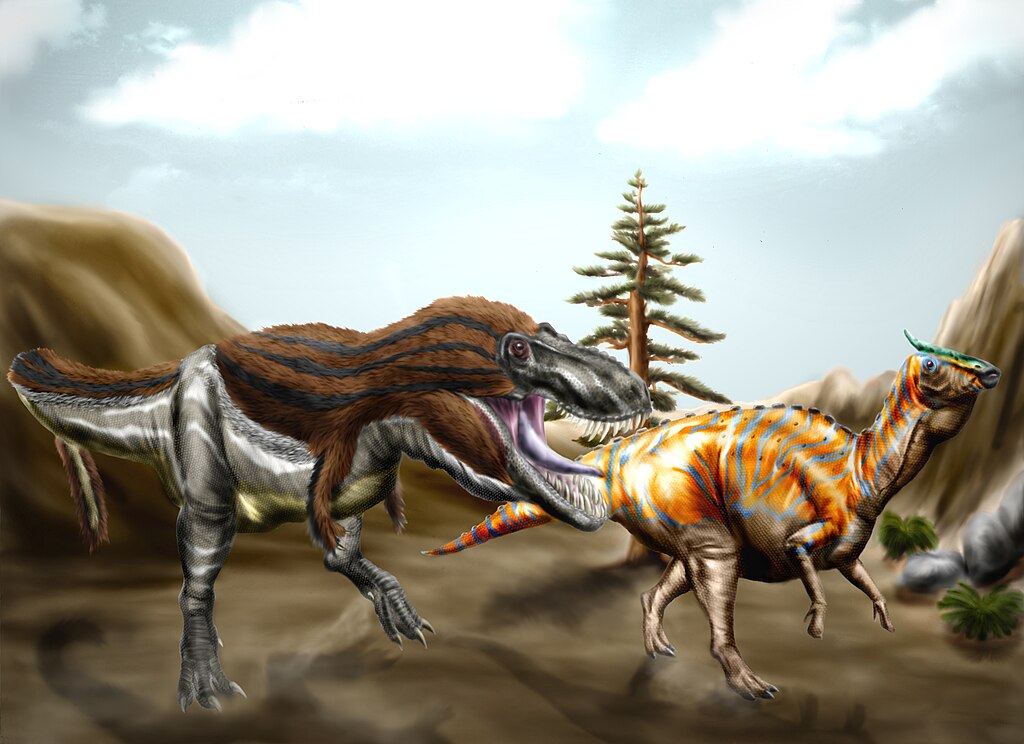
Dracorex inhabited North America during the very end of the Cretaceous Period, approximately 66 million years ago, just before the mass extinction event that wiped out non-avian dinosaurs. During this time, the landscape was dramatically different from today, featuring subtropical forests, river deltas, and coastal plains in what is now the American Midwest and Great Plains regions. Dracorex shared its environment with iconic dinosaurs including Tyrannosaurus rex, Triceratops, and Ankylosaurus, surviving in an ecosystem filled with both massive predators and competing herbivores. The Hell Creek Formation, where the Dracorex skull was discovered, preserves one of the most complete snapshots of this final dinosaur ecosystem. As a medium-sized herbivore, Dracorex likely fed on low-growing vegetation, using its narrow snout to select specific plants or parts of plants. The environment was experiencing significant climate fluctuations during this period, with evidence suggesting cooling temperatures and changing plant communities that would have affected the dinosaur’s food sources. This was truly the twilight era of the dinosaurs, making Dracorex a witness to the final chapter of their 165-million-year dominance of Earth.
The Controversial Growth Hypothesis
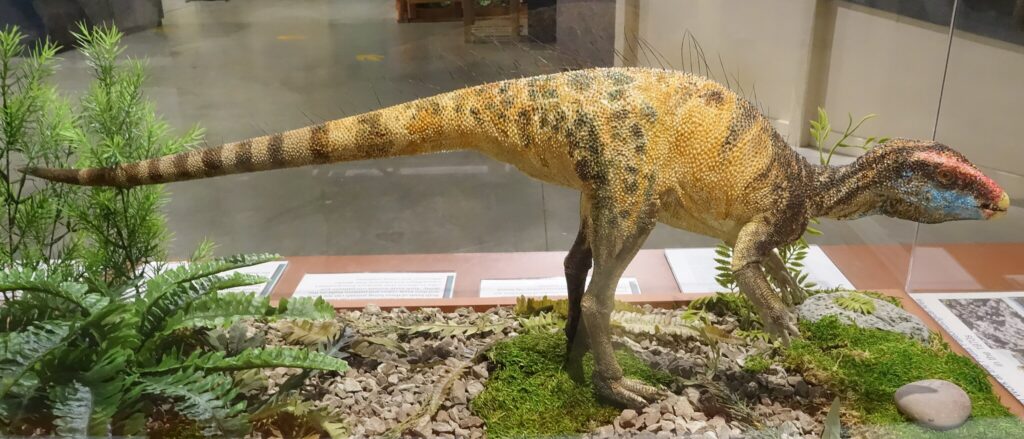
Just a few years after Dracorex was named, a scientific controversy emerged that threatened to erase this dragon-king from the dinosaur family tree entirely. In 2009, paleontologist Jack Horner and colleague John Scannella proposed a revolutionary hypothesis: Dracorex might not be a distinct species at all, but rather a juvenile form of the already-known Pachycephalosaurus wyomingensis. They suggested that as pachycephalosaurs matured, their flat, spiky skulls gradually transformed, with the spikes resorbing and the flat skull roof inflating into the high dome characteristic of adult Pachycephalosaurus. This ontogenetic (growth-related) sequence would also include another flat-headed pachycephalosaur, Stygimoloch, as an intermediate teenage stage between Dracorex and fully mature Pachycephalosaurus. The researchers pointed to bone texture evidence indicating the Dracorex specimen came from a juvenile animal, with unfused sutures and highly vascularized bone consistent with rapid growth. They also noted the rarity of flat-headed specimens compared to dome-headed ones, suggesting this reflected the natural population distribution between juveniles and adults rather than different species.
Evidence Supporting the Growth Theory
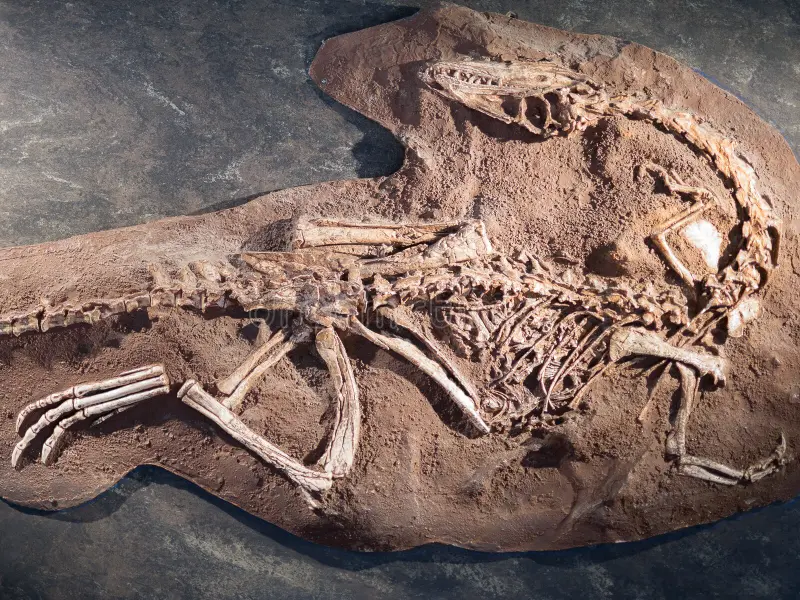
Several lines of evidence lend credibility to the hypothesis that Dracorex represents a juvenile Pachycephalosaurus rather than a distinct species. Histological analysis of bone samples from various pachycephalosaur specimens reveals patterns consistent with different growth stages rather than different species. The bone texture of the Dracorex skull shows the highly vascularized, porous nature typical of rapidly growing juvenile dinosaurs, contrasting with the more dense, mature bone of dome-headed specimens. Paleontologists have also identified transitional specimens that appear to show intermediate stages of dome development, with partial inflation of the skull roof and partial resorption of spikes. Additionally, all three forms—Dracorex, Stygimoloch, and Pachycephalosaurus—have been found in the same geological formations from the same time period, suggesting they coexisted rather than representing an evolutionary sequence. Computer tomography (CT) scans of various specimens have revealed similar internal structures despite different external appearances. Perhaps most compelling is the parallel with modern animals that undergo dramatic changes during growth; the discovery that dramatic cranial transformations occur in other dinosaur groups (particularly ceratopsians like Triceratops) makes such changes in pachycephalosaurs more plausible.
The Scientific Debate Continues

Despite growing support for the growth hypothesis, not all paleontologists are convinced that Dracorex should be considered a juvenile Pachycephalosaurus. Some researchers point to anatomical differences that they argue go beyond what would be expected in age-related variation within a single species. Certain features of Dracorex’s skull structure, such as the specific arrangement and number of spikes, may represent genuine taxonomic differences rather than developmental stages. Critics of the single-species hypothesis note that the sample size remains relatively small, with few complete specimens available for study across the proposed growth series. Some scientists suggest that while some specimens might represent growth stages, others could still represent distinct but closely related species that evolved different cranial morphologies. The debate is further complicated by the incomplete nature of the fossil record and the difficulty of establishing growth series with certainty when working with limited material. This ongoing scientific disagreement reflects the dynamic nature of paleontology, where classifications and understandings must remain flexible as new evidence emerges and analytical techniques improve.
Dinosaur Growth and Dramatic Transformations
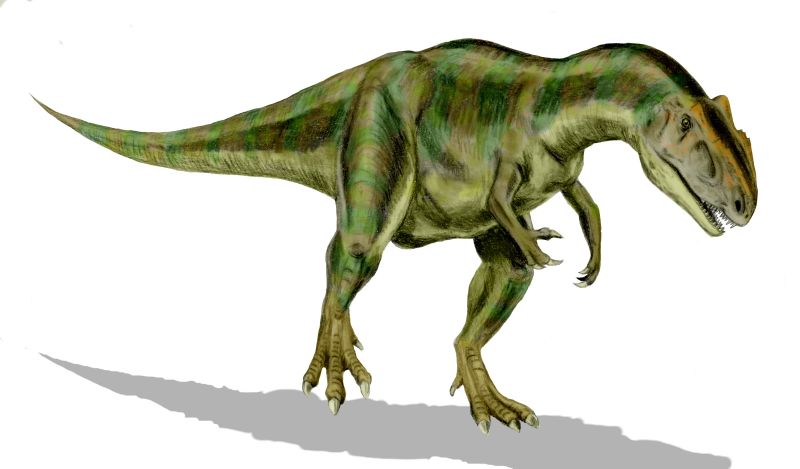
The Dracorex controversy highlights a broader pattern that paleontologists have increasingly recognized: many dinosaurs underwent dramatic physical transformations as they aged. Unlike mammals, which generally maintain similar proportions and features throughout their lives after reaching adulthood, dinosaurs often experienced significant morphological changes during development. These ontogenetic transformations could be so extreme that different growth stages were initially classified as separate species. The horned dinosaur Torosaurus, for instance, was long considered distinct from Triceratops before evidence suggested it might represent an older growth stage of the same animal. Similarly, many small tyrannosaur specimens once thought to be dwarf species are now recognized as juveniles of larger species. Dinosaurs, like their living reptilian relatives, experienced indeterminate growth, continuing to increase in size throughout much of their lives rather than reaching a fixed adult size. Their bones could dramatically remodel through adulthood, with ornamental features like crests, horns, and domes often developing late in life. Understanding these growth patterns has forced paleontologists to reassess dinosaur diversity, suggesting there may be fewer species than previously thought, but with more dramatic life changes within each species.
The Challenge of Species Identification in Paleontology

The Dracorex identity debate underscores the fundamental challenges paleontologists face when trying to define species based on limited fossil evidence. Unlike biologists studying living organisms, who can observe behavior, analyze DNA, and confirm reproductive isolation between populations, paleontologists must rely primarily on morphological differences preserved in fossilized bones. This creates significant difficulties when attempting to distinguish between genuine species differences and variations related to age, sex, individual variation, or pathology. The fossil record is inherently incomplete, rarely preserving complete growth series from the same population that would allow scientists to track developmental changes with certainty. Paleontologists often work with extremely small sample sizes—sometimes just a single specimen for a proposed species—making statistical analysis of variation impossible. Fossil preparation and taphonomic processes (changes occurring during fossilization) can further obscure or distort anatomical features. These limitations mean that taxonomic classifications in paleontology remain somewhat fluid, with species boundaries regularly revised as new specimens are discovered and analytical techniques improve. The Dracorex case exemplifies this scientific process in action: initial interpretation based on available evidence, followed by reinterpretation as new data and perspectives emerge.
Pop Culture Impact and Educational Value

Regardless of its ultimate taxonomic fate, Dracorex has made a significant impact on dinosaur pop culture and science education. The Harry Potter connection created immediate public interest that extended beyond the typical dinosaur enthusiast community. Museums have leveraged this connection to engage visitors, with the Children’s Museum of Indianapolis (home to the original specimen) creating exhibits that explicitly connect the fantasy elements of the name to the scientific process of paleontology. The distinctive spiky appearance of Dracorex has made it a favorite among paleoartists, who have created numerous reconstructions that bring this dramatic-looking dinosaur to life in paintings, sculptures, and digital media. Educational programs have used Dracorex as a teaching tool not just about dinosaurs, but about the scientific process itself—how classifications change as new evidence emerges and how scientists must remain open to revising their conclusions. The ongoing debate about Dracorex’s identity provides an excellent case study in how science works through competing hypotheses and evidence evaluation. Perhaps most valuably, the creature demonstrates how modern popular culture and serious scientific work can intersect in ways that benefit both, creating entry points for young people to develop interest in STEM fields.
The Significance Beyond a Single Dinosaur
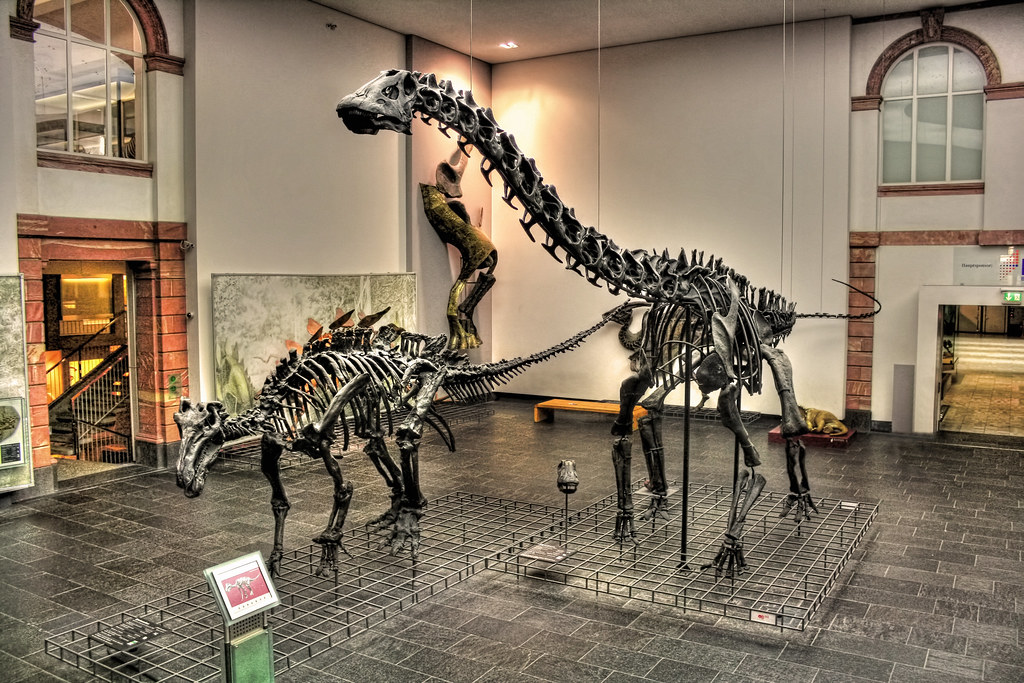
The Dracorex controversy represents more than just a debate about one dinosaur’s identity—it embodies a broader shift in how paleontologists approach dinosaur classification and development. This case study has become emblematic of a more dynamic view of dinosaur life history, one where dramatic physical transformations across an individual’s lifespan are recognized as common rather than exceptional. The research techniques developed to investigate this question, including histological analysis of bone microstructure and improved CT scanning of fossils, have advanced paleontological methods more broadly. The controversy has encouraged scientists to be more cautious about naming new species based on limited specimens, particularly when those specimens appear to be from juvenile animals. It has highlighted the importance of considering ontogeny (growth and development) alongside taxonomy when interpreting the fossil record. Perhaps most significantly, this scientific debate illustrates how paleontology continues to evolve as a discipline, moving beyond simple description and classification toward a more sophisticated understanding of prehistoric life. The Dracorex question may ultimately be resolved as either a unique species or a growth stage, but the intellectual journey of this investigation has already permanently enhanced our approach to understanding dinosaur diversity.
Conclusion: The Enduring Legacy of the Dragon King

Whether Dracorex hogwartsia ultimately retains its status as a distinct dinosaur species or is reclassified as a juvenile Pachycephalosaurus, its discovery has left an indelible mark on both paleontology and popular culture. The flat-headed, spike-crowned dinosaur with the magical name bridges worlds—connecting scientific inquiry with fantasy literature, linking professional paleontology with public imagination, and uniting our understanding of the prehistoric past with modern questions about growth and development. The ongoing debate about its identity has not diminished its significance but rather enhanced it by demonstrating how science progresses through questioning, evidence gathering, and willingness to revise theories when new data emerges. Dracorex reminds us that dinosaurs were not static monsters but dynamic living creatures that grew, changed, and adapted throughout their lives, just as our understanding of them continues to evolve. Perhaps most fittingly for a creature named after a school of magic, Dracorex has cast its own spell—inspiring wonder, curiosity, and scientific investigation that will continue regardless of where taxonomic consensus eventually lands. The dragon king of Hogwarts may or may not keep its crown, but its place in the story of paleontology is secure.

